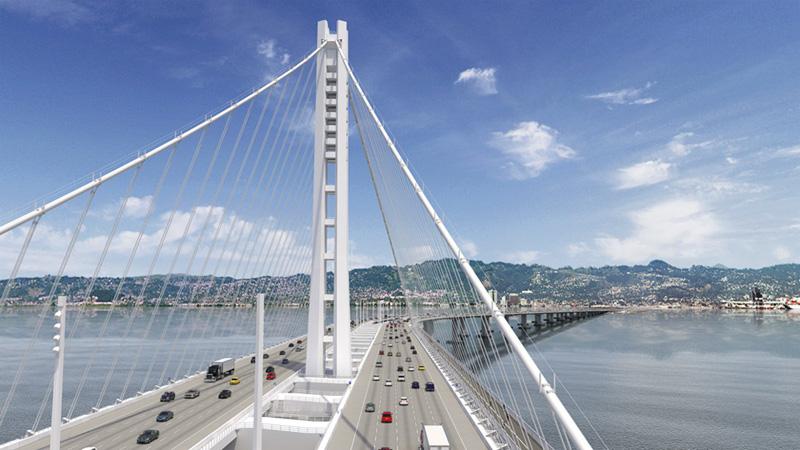
CAD News for Govies is a weekly feature on Acronym that scans thousands of industry articles to present you with a regular source of CAD and GIS news, information and ideas that impact the public sector. Here’s the latest round-up:
Webinar Series: A Multi-Faceted View of Infrastructure Project Success
Acronym’s sponsor, DLT Solutions has teamed with Autodesk to present “A Multi-Faceted View of Infrastructure Project Success” on November 21, 2013 at 2:00pm ET. The webinar, the first in a three-part series of 30-minute webinars, addresses the challenges agencies face in completing successful infrastructure projects. You will hear how customers successfully take effective control of their agency’s infrastructure project design and communication processes as well as how they address these issues with Autodesk Infrastructure Design Suite. You can register here (bookmark the page for updates on future webinars in the series).

Five Ways to Use LiDAR More Efficiently
The use of LiDAR has exploded in recent years because people enjoy its high quality and low cost. ArcGIS software offers many tools to help manage LiDAR point clouds for research and decision making. This article offers five tips for combining LiDAR and ArcGIS. Click here to read more.
New App for Storm Water Flow Calculations
This tool is designed for civil engineers and engineering students for computing runoff, maximum pipe capacity, and the fraction of the pipe capacity used in a given storm event. Additionally, the app provides a convenient orifice flow tool. The app is available from the iTunes store.
Image courtesy of the iTunes store.

How Will You Handle the Death of Windows XP?
In about five months, Microsoft will discontinue support for the second most popular operating system of all time: Windows XP, which is second only to Windows 7. After April 8, any organization that wants continued support for Windows XP or Office 2003 will be required to pay a per computer yearly fee with a minimum buy-in of $500,000. With an estimated 31 percent of all computers in the world running Windows XP, it’s unlikely that every device will be transitioned to a modern operating system in time for the deadline. And with hackers now saving newly discovered XP vulnerabilities until after the deadline, intrusions are expected to peak in the spring for those who haven’t upgraded.
While many governments have moved to Windows 7 or Windows 8, many organizations are still reliant on XP for mission-critical applications and basic functionality. Read more about your options from Government Technology.

Transforming Prison Design via BIM and Off-Site Fabrication
Although the U.S. has only 5% of the world's total population, it has about 25% of the world's incarcerated population. The number of inmates has tripled since 1980, and with many correctional facilities overcrowded and in poor condition, the demand for new construction and renovation projects has been strong. However, despite demand, ENR.com reports that a current backlog of almost $5 billion exists in deferred or abandoned projects. This article explores how the private sector is capable of meeting the demand for financing and turnkey design-build-manage contracts, relieving cash-strapped governments by using increasingly sophisticated BIM capability integrated with digital fabrication technology that applies well to the repetitive nature of prison design.
Autodesk University Survival Tips
If you’re lucky enough to make it to AU this year, be prepared for a tsunami of new technologies, design approaches, and networking. Fortunately, the AU team has assembled a series of survival tips from AU veterans including Shaan Hurley, Donnie Gladfelter, Melanie Stone, and more. Check them out on the AU blog here.
Transportation Wins in Nov. 5 Elections
On November 5, U.S. voters approved 91 percent of ballot measures to increase or extend funding for highways, bridges and transit and elected two transportation advocates for governor. Successful ballot measures were approved with 67 percent of the vote, with the approved measures holding a total value of nearly $240 million. Ballots included 21 initiatives that were not related to congressional races or a presidential election. Of those initiatives, 20 were local and one was statewide. Read more about the projects that got an injection of dollars near you in this article from Better Roads.
















































